My childhood, educational, and professional careers have been surrounded by symbols that embody our racist past. I grew up a couple of miles away from Robert E. Lee Boulevard where I attended a majority black high school named after a former slave owner. Graduated from a historically black university that sits just off Jefferson Davis Parkway and received my Ph.D. from a university whose library was named after a segregationist. Assuming these symbols were in my past, I was surprised when the “big house” was pointed out on a campus tour during my first job as an economist. It seemed that regardless of how far I ascended the American ladder, these symbols continued to remind me of our country’s past.
While some argue that these symbols are Southern heritage, research has shown that these symbols are related to historically racist acts. Specifically, research has found that the same areas that lynched more Blacks in the past also have more Confederate streets today. Additionally, all other factors equal, Blacks who reside in areas with more Confederate streets are less likely to be employed, more likely to be employed in lower-paying occupations and have lower wages compared to whites. Furthermore, these results extend to other minority groups: Asians, Hispanics, and foreign-born individuals also have worse economic outcomes compared to whites in these areas.
Although outcries from Black Americans to remove these symbols have mainly been ignored, by white society, protests following recently publicized instances of police brutality have helped many accept that these symbols are painful reminders of the past. Over the past few weeks, we have seen a new culture in America develop that says No to racism and racist symbols. Protesters of different races and ethnicities have worked together with Black Americans to remove these symbols. Even college campuses with deep-rooted histories of racism have swiftly removed Confederate symbols and voted to rename buildings. While this may seem insignificant to some, I am hopeful that this marks the beginning of cultural changes in America.
Researchers have argued that symbols preserve the past within the culture by allowing members of the majority group to exert power at the exclusion of others. If current leaders and citizens have exerted their power to remove these racist symbols, will this set a new cultural precedent that feelings of hatred or oppression will not be tolerated? Will individuals of different races and ethnicities begin to build long-lasting social bonds with Black Americans? Will these bonds create a shared history that allows current generations to connect with future generations?
Additionally, research has shown that contextual changes can create a strong and persistent change in ethnic preferences. Have displays of racist symbols encouraged white people to maintain preferences that helped to marginalize Black individuals? Considering that the number of racist symbols has been reduced over the past few weeks, will this reduction change local area preferences? Without these symbols, will we see a strong and persistent change in the way whites interact with Blacks?
While these ideas of a cultural shift may appear idealistic, they can become a reality with the help of intentional public policy. If we continue to view these symbols as present-day markers of the persistence of racist attitudes, then policymakers can easily identify areas that need policy reform. For example, my research has shown that Blacks who reside in areas with more Confederate streets have a lower quality of education in primary schools compared to whites who live in these same areas. Additionally, these areas tend to be more segregated. Policymakers can use existing databases of racist symbols to identify areas that may be more prone to implement discriminatory practices against Blacks. Policymakers need to examine the extent to which these areas have racist policies and practices that contribute to differences in the quality of education between Blacks and whites or how such policies sustain housing segregation among these two groups.
I am hopeful that we are beginning a new era in history where we will continue to remove symbols that embody our country’s racist history. Let’s start to examine racist practices and policies that persist in these areas and begin the journey to address racial inequalities.
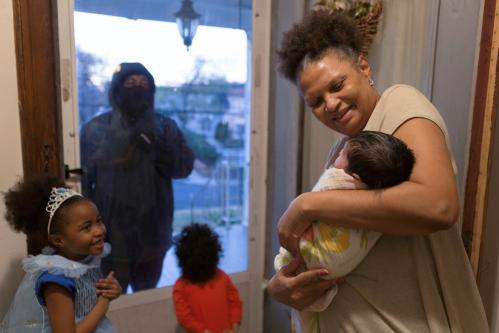
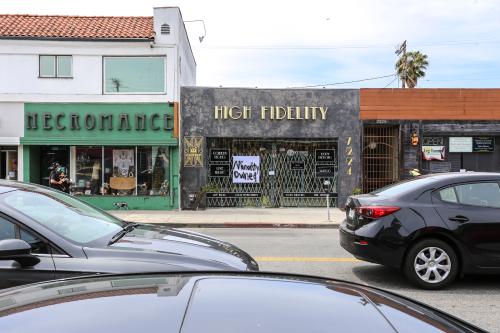
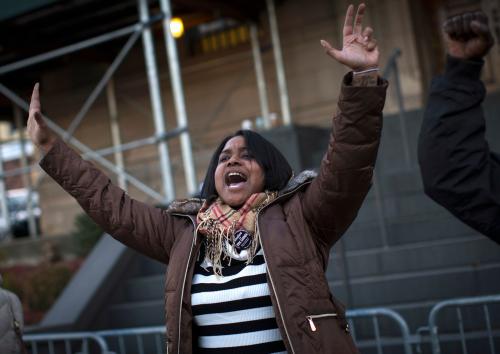


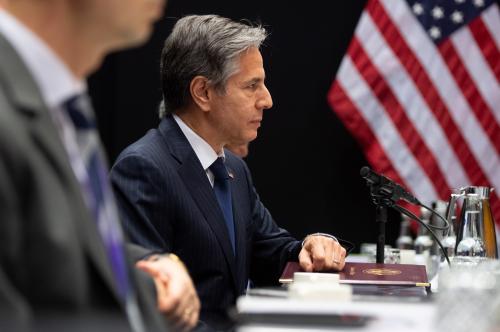
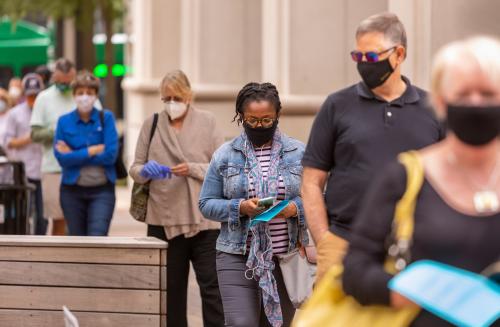
Commentary
Our calls to remove racist symbols are finally being heard
June 18, 2020